
What 1 week on the Ring Road looks like: My adventure through Iceland
Tourism to Iceland has increased rapidly in the last several years ironically following the eruption of one of the country’s largest volcanoes. Prior to this tourism boom, the country hosted less than a million visitors per year, but the number this year will be record breaking at an already estimated 1.6 million people. In fact, the number of American tourists alone is expected to exceed the entire population. I’m not usually one for “bandwagon” travel, but I’d been hearing so many great things about Iceland from other bloggers that I knew I had to give it a try!
For a week, I drove around Iceland’s famous Ring Road (Route 1), which lies on the circumference of the country and provides travelers with the opportunity to experience all that Iceland has to offer in each of its beautiful regions. I decided, with two friends, to rent a car and drive around the country- because what better way to experience Iceland than to actually explore all of it? We had an absolutely incredible experience, and learned some very real lessons along the way. This is a rough outline of our 8-day trip, plus some life lessons we learned that will help you plan your own!
Days 1-2 (Reykjavik)
On days 1 and 2, we were exploring Iceland’s capital city of Reykjavik, located near the southern coast. Reykjavik is a city by Iceland’s standards, but when coming from cities like Prague or New York, it felt like a small town, and it was amazing. We got a great Airbnb rental that was perfect for a group of friends traveling, and spent our time walking around and getting rained upon.
The first thing that I’d recommend for you to do is take a free walking tour with CityWalk. Our guide, Sara, was an excellent guide and an even better insight into local Reykjavik culture, politics, and history. Iceland’s history is long and varies greatly from much of the rest of Europe’s, so it was great to hear Sara talk about some of the interesting points from the Vikings and Sagas through to modern politics and culture. After surviving our 2-hour walking tour in the rain, we found a café for some much-needed coffee, and then made our way to the Settlement Exhibition near the town center. The settlement exhibition has been built around an actual archaeological site where one of the first houses of Iceland was found, so it’s definitely worth a visit. The whole thing will take you about 30-45 minutes, and they have a student discount! Most importantly, it’s an excellent way to escape freezing temperatures, rain, and wind outside.
Reykjavik is a great city for just wandering around small side streets and getting lost near the harbor. The Harpa, the city’s big concert hall, is free to walk into and is a great example of Iceland’s somewhat obscure but beautiful architecture. You’ll also want to visit the Hallgrímskirkja church, where you can go up into the tower for a beautiful view of the city’s colorful rooftops.

Surprisingly, the most famous food in Reykjavik is the hot dog, so you can also stop by “the” hot dog stand by the bay to get one of these treats!

Reykjavik’s nightlife is internationally recognized for being both amazing and off-beat. There are a couple of famous bars and cafés (shout out to Lebowski’s, the bar that provided our unexpected Halloween celebration- complete with Jesus and Braveheart bartenders), but the hot spots actually change all the time! Since the city (and country!) are so small in terms of population, the locals never have a problem learning about what’s going on in town. For tourists, you can pick up a free copy of The Reykjavik Grapevine, a local paper that details all of the events in town, happy hour specials (this is key- everything is expensive in Iceland), and other things to watch out for.
Day 3 (Reykjavik to Vik)
After spending a day and half exploring Iceland’s capital, we were ready to 1. Escape Reykjavik’s notoriously awful weather and 2. See some of the amazing landscape we’d heard so much about! Our first driving day included stops at popular attractions in the Golden Circle, specifically Gullfoss and Geysir.

Both of these spots are the most touristy that we visited during our entire trip, but they were worth visiting as they’re close to Reykjavik and are roughly along the Ring Road. There is a restaurant and tourist center at Geysir that might make a good lunch stop, as there isn’t very much else in the area. Otherwise, they’re close to each other, but they do require a drive inland off of Route 1. We made the drive to both fairly easily, as the roads are paved and there are a fair amount of other cars driving in the area. We made the nearly fatal error, however, of listening to our GPS to get us to our next stop in Vik.
If you look at a map, you’ll see that it might be more convenient to drive southeast across the interior of the country towards Vik from these places, rather than retracing steps back to Route 1 and continuing around.

Well, we tried that. Don’t be like us. Take the seemingly longer route back to the Ring Road and continue on. We ended up driving for about 4 hours along a gravel road that had more pot holes than road without ever seeing another car. To top it off, we were also driving through a lava field, meaning that the landscape was dreary at best. My friend Ivana described it more like the scene of a horror movie. Anyway, it took us way longer than it should have, and we later learned that it may have been questionably legal for us to drive on this road without a 4×4 vehicle, so I’ll just gently encourage you not to do that.
Vik was the perfect stop for the first night on the Ring Road. It’s a larger village right on the southern coast, and has good facilities to prepare you for the rest of your trip. We stayed at the Puffin Hotel, and I can’t recommend them enough! They were very accommodating for our group, and provided a great breakfast plus clean and spacious rooms. There is also a pub right next door which is convenient when you’ve just driven for four hours through a lava field in the dark and rain/hail/snow and need something to eat (read: need a beer). We can recommend the Viking beer for such an occasion.
Day 4 (Vik to Skaftafell/Vatnajökull)
When we woke up in Vik, it was hard to believe how beautiful the scenery was in the daylight. When we arrived the night before, the entire world seemed to be pitch-black without even the stars thanks to the lovely Icelandic weather. Everything changed the next day!

Our first stop was to the black sand beaches just outside of Vik to see a beautiful sunrise. It didn’t occur to me to expect black sand around much of the country, but there are a few places to check out this interesting natural feature- none are as beautiful as in Vik! There are also well-known and beautiful rock formations located in the tide at the Vik beach, so it’s a doubly interesting place to visit. Our first “real” stop on our road trip did not disappoint!

After soaking up the sun rise for a while and admiring the beauty of the sun’s reflection on the black sand, we hopped in our little red CR-V to get started on the day’s adventure. We had a lot planned for the day, including the Jökulsárlón Ice Lagoon and some glacier hiking on the Falljökull glacier at sunset. As it turned out, this plan was ambitious, especially considering our many photo stops, we’ll get to that in a bit. We began driving towards the Vatnajökull National Park, as that is where our “sites” for the day were located. The drive between Vik and Vatnajökull was, in my opinion, the most beautiful stretch of Route 1 (barring, of course, the stretch between Gullfoss and Vik, as we never actually saw that part of the Ring Road…). The scenery changed from minute to minute, providing amazing views like this:

As well as like this:

You can imagine how entertained we were, and how often we made photo stops. After a quick stop for lunch at one of the only places we could find between Vik and Jökulsárlón (pro tip: it’s near the Skaftafell Visitor’s Center), we finally made it to the ice lagoon. Well, after some precarious and potentially life-threatening bridges. Iceland is no driving joke, ya’ll. Seeing the Jökulsárlón Ice Lagoon was worth it, though. The lagoon contains giant floating blocks of ice that have broken off the nearby glacier due to recent warming. Despite the fact that the reason this place exists isn’t the greatest, it’s still one of the most beautiful places in the country.

There is a tourist office at the lagoon that offers different varieties of boat tours (ranging from approximately $45-75 USD depending on what you choose). I didn’t have time to take a boat tour, but I imagine it would be a pretty cool experience to get onto water level with these massive blocks of ice, particularly on the boat which brings you right up to them (the Zodiac). Just visiting the lagoon is free, and it is definitely worth a stop.
After our visit to the Jökulsárlón ice lagoon, our wheels went off the wagon, so to speak. The story went like this… We had planned on booking an ice cave tour, and had actually booked two unsuccessfully before we left for Iceland, and were unsuccessful at finding a replacement after we arrived. We booked, instead, a glacier hike so that we’d still have the chance to get onto the glacier and learn about it first-hand. The glacier hike that we booked was through Glacier Guides, and was the 3.5 hour introductory hike scheduled for 3:30 pm that afternoon. After visiting the ice lagoon, we had to back track about 40-50 minutes to get to the visitor’s center at Skaftafell where the Glacier Guides office is located. It was already around 2:45 pm, and so we knew we definitely weren’t going to make the 30-minute early arrival time (oops), but thought we would be there in time for the tour. After calling ahead to announce our delay, we set off along the curvy and uneven stretch of Route 1 towards Skaftafell, but unfortunately not quickly enough. When we arrived at the Glacier Guides office, we were informed that we had missed our tour’s departure, but that we could be rescheduled on another tour at 9:30 am the next day without losing the money we’d pre-paid. Thankfully, this worked for us (as it was actually when we intended to do our ice cave tour), but we ended up driving that stretch of road between Skaftafell and Jökulsárlón 3.5 times round trip in about 16ish hours. So, if you have any questions about that stretch of road, I’m your girl!
Anyway, by the time we left the Glacier Guides office, it was getting close to sunset at around 4:30 pm, so we decided to drive to our guest house which was just past the Jökulsárlón ice lagoon. As we came upon the ice lagoon, I asked if the girls wanted to stop one more time (it was just that beautiful), so we began to pull into the parking lot. Then, I noticed a ton of cars on the other side of the road, so we made a quick decision and headed over there. What a decision! The sun was setting just behind the mountains, and was reflecting through the ice floating in the surf in the most incredible way. This sunset definitely bumped its way into one of my top sunsets ever- and I’m a sunset person, so that’s really saying something.

Remember how I said that the black sand beaches in Vik were really beautiful? This one was even MORE beautiful. The only downside to this one were all of those tourists that had drawn us there in the first place- everyone had their tripods set up to grab the perfect shot of the waves crashing against the ice blocks, so you could hardly get a free spot along the water’s edge. I managed, though, and also grabbed one of the wave-crashing-on-ice shots (tripod-free) 😉

So, in the end, missing out on our glacier hike this day was a good thing, we ended up seeing way more than we would have otherwise!
Our accommodation for the evening was a guest house called Guesthouse Gerði, which was located just a short drive from the ice lagoon on a farm surrounded by water and mountains. I wouldn’t call the location of the guesthouse a town, per say, but it did have two restaurants plus two guesthouses located on essentially the same property, so it was a good spot to connect with locals and other travelers alike. We arrived at the guesthouse and were greeted by the owner who was incredibly friendly. After getting settled in our room, we made our way to the other restaurant on the property (for some diversity, you know), and ended up meeting a Czech person who used to work with Eva in Prague that has been living at Gerði for nearly 2 years! Although not technically a local, Petr was able to provide us with great insight into the local culture and community, as well as living in Iceland, so that was perfect. It turns out that there are a lot of Czech immigrants living in the area, many of whom are working in the service industry now that tourism has spiked so dramatically. The guesthouse was cute- just what we needed for the night to relax with complementary coffee, tea, and hot cocoa. We weren’t lucky to see the Northern Lights outside, but it is the perfect place to see them if you get the timing just right!
Day 5 (Skaftafell/Vatnajökull to Egilsstaðir)
The next morning we got up bright and early in order to actually be on time for our 9:30 am glacier hike. I was a little disappointed that we’d missed our previous day’s hike, as I was looking forward to seeing the sunset from the glacier, but I didn’t anticipate that the sunrise would happen during our newly rescheduled hike! We met the Glacier Guides staff at their office next to the Skaftafell Visitor Center to be fitted for our hiking boots and crampons. We prepared for practically Arctic weather, but were pleasantly surprised at the heat reflecting off the ice once we actually arrived out there. The tour leader led us to our bus which took us to the foot of the glacier. We spent about a half hour hiking on non-ice glacier before enter the ice-y bit of the glacier. I hadn’t really considered how difficult it would be to walk on ice, but it was certainly different than a typical hike. Our guides were both incredible- focused on giving us great information as well as ensuring our safety.

Once we stopped for a photo op, we continued hiking around this giant sheet of ice and admiring even more of the natural beauty of Iceland. We coincidentally learned while hiking that the first week of November is still too early for visiting the ice caves (at least this year), so we would have had our tour cancelled if we’d managed to get on one anyway! If you’re looking to visit an ice cave with low chance of cancellation disappointment, I recommend booking an Iceland trip later in the season (mid-December to late-January, for example). Our guides thought that the ice caves wouldn’t be available for a few weeks yet, which means likely until early December, and I suppose that also means a lot of disappointed tourists. In any case, I loved doing our glacier hike, and I would definitely recommend it! Glacier Guides, in particular, was a great company to work with considering how accommodating they were with our scheduling issues. Their tour and guides were also incredible, I would 100% book another tour with them.
We spent the rest of the day driving towards our next stop: Egilsstaðir. No, I don’t know how to pronounce it. No, we never learned how to pronounce it during our trip- even our glacier guides didn’t know (they were English)! Anyway, of course the drive was absolutely beautiful, but it was definitely long. By the time we made it to Egilsstaðir, we were ready for a break and for some food. Egilsstaðir is actually a sizable town, and we’d booked an Airbnb to stay in for the evening. What we didn’t realize was that our Airbnb was easily 45 minutes outside of town on a farm located down several gravel and pot hole-y roads that we would have to drive down in the dark. We made it to the farmhouse to collect our key, had to convince a dog (with cuddles) to move out of the way of our car, and had to avoid the herd of sheep in the road as we drove towards our cottage (couldn’t have been more in the middle of no where, or more perfect). A true Icelandic adventure! Luckily, we had some food in the car that Eva and Ivana had brought with them (the real MVPs), so we were able to eat something for dinner- but be forewarned that after you leave Vik, you should have groceries with you!
We arrived at our adorable little cottage, and promptly opened a bottle of wine and began a riveting card game of BS. We had stayed up until about 1 am the night before to see the Northern Lights (we were all but promised that they would appear), but with no success, so our plan for this evening was relaxation. At around midnight, Eva went outside for a second and came back to the door claiming to have seen some Aurora activity. Ivana and I quickly threw our coats on and ran outside to see a silver streak painted across the entire sky, wiggling slightly. I have no better descriptor than “wiggling”. We knew that the Aurora was meant to only be a 3 out of 9 on the scale, if it appeared at all, so we figured that this was it even if it wasn’t the bright colors usually associated with the Northern Lights. After about 10 minutes standing outside, alone, in the vast Icelandic landscape, admiring our little silver strand, we went back inside for more wine and tea. Then, Ivana went outside for just a minute, ran back in SCREAMING, and immediately Eva and I were outside shivering our butts off (again). But this time it was DEFINITELY worth it- the Northern Lights had appeared in bright, beautiful green and purple colors, dancing across the entire sky. I’ve never seen anything like it! They were so bright and so beautiful, it was hard to believe they were real. And yes, they were still wiggling.


My experience seeing the Northern Lights, particularly while standing outside of this little cabin surrounded by essentially nothing but sheep, was amazing! The time to see the Northern Lights is in the winter, so book your trip then if you’d like to see them- but don’t expect that you will! The night before, when we were up waiting for the lights, there was an entire tour group standing outside for hours with their cameras all set up who never got the chance, so you never know when it will come.
Day 6 (Egilsstaðir to Akureyri)
The next day, we made our way to the so-called Capital of the North, Akureyri. This “city” is a beautiful little place full of cute shops, cafés, and great restaurants. But before we made it to the city, we were on the hunt for the natural hot spring we’d decided to visit in lieu of a visit to the Blue Lagoon. The Blue Lagoon, while more famous than any other bath in Iceland, is the most expensive and the most crowded. None of those things appealed to me, so we opted for visiting the Myvatn Nature Baths in the north of the country instead. These baths, located in the town of Myvatn, are just as blue and beautiful as I’ve heard the Blue Lagoon is, but a visit is a bit cheaper, and it is a much more local experience. The day that we visited, there were only a small handful of other visitors, some of whom were Icelandic. For most of the afternoon, we had the entire bath to ourselves. The baths were at a temperature of around 35 degrees Celcius, and there was a hotter tub at around 41 degrees Celcius, so it felt amazing to soak in such freezing weather. You should bring your own bathing suit (they rent them there, but, you know), but you can rent a towel from them. They have locker rooms available for changing, as well as showers for you to utilize before and after your swim. The water contains a high level of sulfur, so you shouldn’t wear any jewerly inside the baths. There is also a small café on site that serves soup and pastries for a light lunch. If you’re looking to experience the famous Icelandic hot spring experience, I strongly encourage you to consider Myvatn!

After a relaxing afternoon, we made the drive to Akureyri where we spent the evening sampling the local beverages and trying one of the most highly-rated restaurants in the city, Rub 23. This Icelandic/Asian fusion restaurant is just as interesting and delicious as it sounds, and while it’s a bit on the pricey side (much like everything in Iceland), it’s worth it for a treat-yourself night. As we hadn’t seen people in any significant numbers (read, more than 5 at a time) since leaving Reykjavik, we didn’t expect anything in this city to be busy or booked, but Rub 23 was close! We got “that look” when we told them that we didn’t have a reservation, so if you want to be safe while visiting, it might be best to book ahead.
The city of Akureyri itself is really beautiful, and was a nice place to spend an evening and the next morning wandering. There is a cultural center there (the HOF) which I imagine is busier in the summer, and there are whale-watching excursions available in the summer months as well. We even saw some tours to Greenland, just to give you an indication at how truly far north we were here!
Day 7 (Akureyri to Vatnsdalur)
The next day, we woke up and spent a lazy morning in our apartment and then wandering around Akureyri to see it in the day time. The mountains surrounding the town were absolutely mesmerizing, I wish that I’d had a couple of days to spend here to soak up the local culture!

Once we had our fill of relaxation, we made our way on the road again, this time towards Hvitserkur Ehf, an interesting stone formation in the ocean off the coast of Iceland. For most of the way there the roads were perfectly fine, until we turned to drive the last 25 km towards the formation, at which point things went downhill fairly quickly. Our poor red card never regained its red color from the brown mud it adopted as we bumped down a mud/gravel road with more potholes than I’ve ever seen in my life. Hvitserkur Ehf was really beautiful, but I definitely wouldn’t attempt the trip there in bad weather- we were lucky because it wasn’t raining or snowing!

My favorite part of Hvitserkur Ehf was actually the area surrounding it. Perhaps it was because it was too muddy to walk down to the beach, but the mountains and fields rolling around the coastline were absolutely breathtaking. So much so, that of course we had to stop for more photos on our 25 km roll back towards Rt. 1.

After we finally made it back across the road of a million potholes, we sped off to our next Airbnb for a good night’s sleep before our second-to-last drive the next day.
Day 8 (Vatnsdalur to Grundarfjörður)
For our final night on the ring road, we chose a cottage on a horse farm just outside of Grundarfjörður, a small village on the Snæfellsnes peninsula. We drove straight there, stopping first to check out the nearby waterfall.

While admittedly much more touristy than almost any of the other places we visited, this natural beauty only spoke to the gorgeous landscape we were about to experience in Snæfellsnes on our horse farm. After a visit to the waterfall, we drove a few minutes up the road to our home for the evening, a cottage on a local horse farm. As we arrived in the day light (for once), we each took our own walk around the property to unwind and reflect a bit before heading back to Grundarfjörður for dinner. Walking around the main path of the farm was absolutely incredible! I later learned that the family living there owns basically all of the land that we could see, including one side of the gorgeous mountain above that is clearly the focal point of the entire town. Despite not seeing too many horses wandering around just yet, the scenery alone was making me melt into this little town that had already stolen my travel heart.

After a good wander, Eva, Ivana and I drove back to town to grab some food, which gave us just enough time to notice yet again how remote this place was. Basically the only industry we could see was a bunch of big fishing boats in the port, but not much besides the local residents’ houses were there. We spent the evening drinking wine and playing cards (we upgraded to poker), and unfortunately not seeing another Northern Lights show on our last night.
Day 9 (Grundarfjörður to Reykjavik)
On our last day, I decided that I needed to go on a horse ride, as it was a prime opportunity given that the stables were a 5 minute walk from my bed. I got up early for a 9 am ride so that we could catch the sun rise over the property. I haven’t mentioned horses before in this post, but you should know that Icelandic horses are world-famous, and are absolutely everywhere across the country! They’re much smaller than horses elsewhere in the world, but they’re a pure breed specific to only Iceland. I went out with the son of the owner of the farm on a private 1-hour ride where I had a chance to speak with him about Iceland in general, but also the horses. I used to ride in college and in grad school, so it was amazing to be back in the saddle again, even if the horses were a little shorter and more plump (and more fluffy!) than I was used to. We rode all around the farm and over to the coast where we had a chance to wander around the beach and through some of the streams near by. Icelandic horses have a special gate that’s something like a very fast and smooth walk that my guide was able to demonstrate, but that I didn’t manage to master. We ran into the rest of the herd of horses as the sun rose, who all wander and graze freely on the mountains all year round.

These horses aren’t trained like the ones that I’m used to riding, so it was amazing to see them living free and wild, but still willing to allow riders. If you have a chance to ride a horse in Iceland, I definitely recommend it- especially at the Berg Horse Farm, where the Airbnb cottages are located!
After I finished my ride, we headed off on the drive towards Reykjavik with a brief stop at one of the oldest wooden churches in Iceland. This church, called Budir, was built with some contention in the early 18th century, and still stands against a stark backdrop of seemingly endless farms and mountains.

I recommend a visit to the church if you’ll be in Grundarfjörður, as it isn’t too far away, and the drive there is just as incredible as the place itself. We wouldn’t have had a complete trip, though, if not for one more snag in the plan! After leaving the church, we got a bit turned around and ended up getting fairly lost. We hadn’t been using the GPS as we figured we knew where we were, but when we realized we were lost we switched it on in an effort to get back near Grundarfjörður to fill up our gas tank (a luxury when traveling around Iceland, trust me). Our GPS, in its infinite wisdom, decided the fastest route back would be THROUGH the mountains. Not around. Through. So it starts taking us down a gravel road, which was really nothing new at that point, but it soon turned into a gravel, rocky mountain path at more than a 45 degree angle up. We went up two sections of this road before committing our Garmen to the backseat semi-permanently and making our way back down the mountain. We survived, but I truly feared for our car. Sorry, CR-V!
Eventually, we made it back to Reykjavik where we checked in to an apartment near-ish to the airport, as we had a 6 am flight the next day. And so ends my Icelandic journey!
So, I hope that you’re now dying to conquer the Ring Road on your own- here are my top Iceland suggestions!
- Fly with WowAir. We flew with WowAir from Berlin to Reykjavik because the rates were so good that it was worth the journey from Prague to Berlin. This airline is a discount airline that actually gives a shit about its customers, which is seriously refreshing. Our seats on these flights rivaled major carriers like British Airways and United for comfort and space, but the prices can not be beaten. They also run flights from Boston, Los Angeles, San Francisco, New York, Miami, Pittsburgh, and Washington D.C. that allow you to just visit Iceland, or allow you to visit Iceland on an extended, several-day layover before continuing on to continental Europe. While the prices for these flights don’t include baggage or food, even after you’ve paid extra for these things, you’re still paying less for the flight than you would on almost any other carrier. The service is great, the flights are great, the country is great. What more do you need?

Seriously, you can’t beat this! #notsponsored #justafan - Rent a car from Cario. Cario is the Icelandic version of Airbnb for car rentals, and will save you tons of money in rental fees. You book a car much like you would a place on Airbnb, and you can arrange for the car to be left at the airport, also saving you a ton of money to get from the airport to Reykjavik. We had a great experience with our little red CR-V! *Side note: rent a 4WD vehicle. This is especially key in the winter when roads get a bit slippery (in the best winter conditions), but would also be useful in the summer for all of those gravel roads. Diesel is slightly cheaper in Iceland, but petrol is roughly the same and usually cheaper to rent. We went with a petrol car.

- Stay on the Ring Road. I write this to save you 4 hours of lonely agonizing driving across a lava field in what was shockingly one of the most populated areas of the country. Our glacier guide told us that it might not be legal to drive on the type of road we were driving on, and I don’t not believe him (if you know what I mean).
- Buy groceries when you see a store. Wine too. You don’t want to be like us and get to your Airbnb in the absolute middle of no where only to be told that the nearest place to get any food at all is nearly an hour away. One way. In Reykjavik you’re absolutely fine with finding food, as in Vik and Akureyri or any other big-ish town. In between, though, you’ll be lucky to find a grocery store, much less a restaurant, so stock up! This also works in your favor when you have a kitchen because (as I’ve mentioned) Iceland is pretty pricey. I’d say we cooked and ate out about 50/50, but cooking more and eating out less would save you more money, especially if you’re traveling for more than 1 week. If you’re traveling for about 1 week, I’d say that what we did worked pretty well.
- You always need gas at this station. You should never pass a gas station without filling your tank. Fortunately, I’d been warned about this before I left, so we always took care of it, but you can drive for literal hours without seeing a house. You might imagine how long you can drive before seeing a gas station in some parts of the country. It’s always best to have a full tank!
- A relaxed vibe is key. You will get lost. You will have to drive 10 mph on a bumpy gravel road for 20 miles. You will have to take these things all in stride. I think that Iceland, in particular, tested me and my need to always be doing something or getting to the next place. The amazing thing about Iceland is that the journey is the entire experience, so enjoy the entire ride!
I absolutely LOVED my experience on the Ring Road, and I’m so happy that I chose to do that rather than stay in Reykjavik and do day trips from there. There is so much to see in the rest of the country, including different cultures and lifestyles, that you would totally miss staying only in the capital or southern part of the country. The Icelandic people are some of the warmest, friendliest, most welcoming people that I’ve ever met, and they’re just as dumbfounded by the recent boom in tourism as you are! I think that for the next couple of years, there will be a period of figuring out how to deal with tourism from both perspectives: from people like me who decide to rent a car from a stranger online and drive around one of the most remote countries I’ve ever visited, and from local farmers who all of a sudden have a million tourists who want to sleep in their guest room. I hope that you take advantage of the opportunity to visit this amazing country, the land of fire and ice. At the same time, I hope that you respect this incredible place and its amazing people, and strive to keep it as natural and beautiful as possible.
Thank you, Iceland, for the adventure of a lifetime <3
Like this post? Be sure to follow me on Facebook and Instagram to keep up with my adventures! If you’d like me to plan an amazing trip for you, be sure to check out my travel consultation packages– no driving through terrifying lava fields for 4 hours, I promise.





























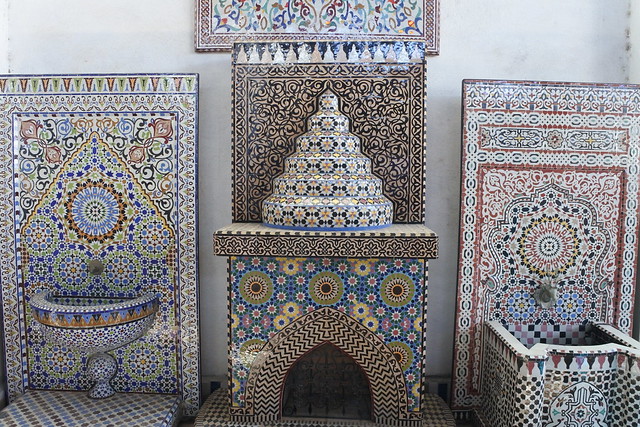
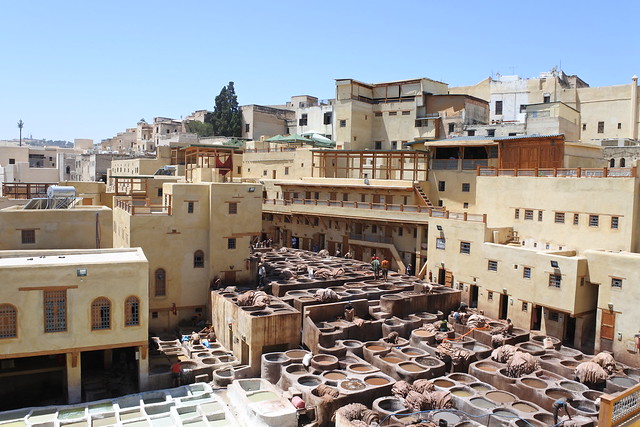
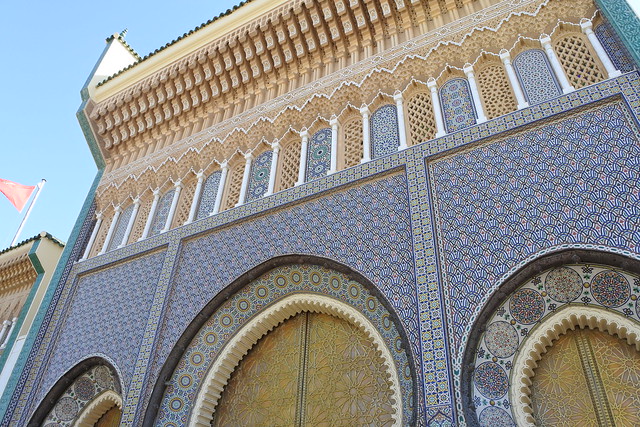
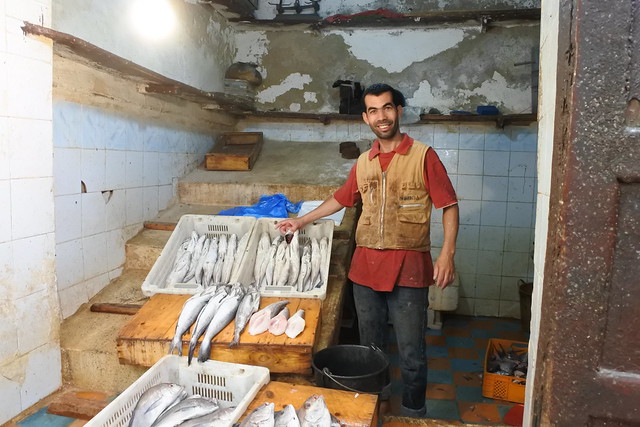

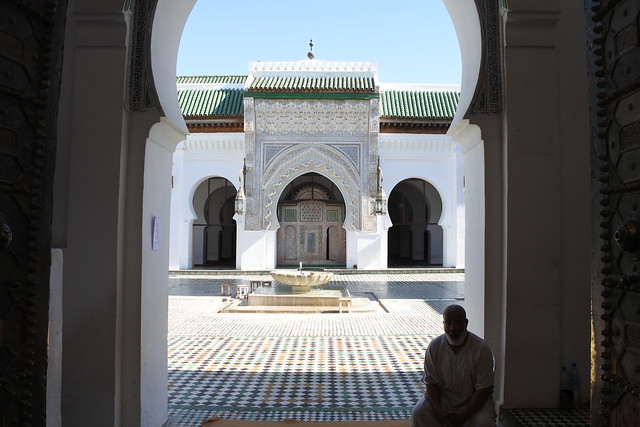


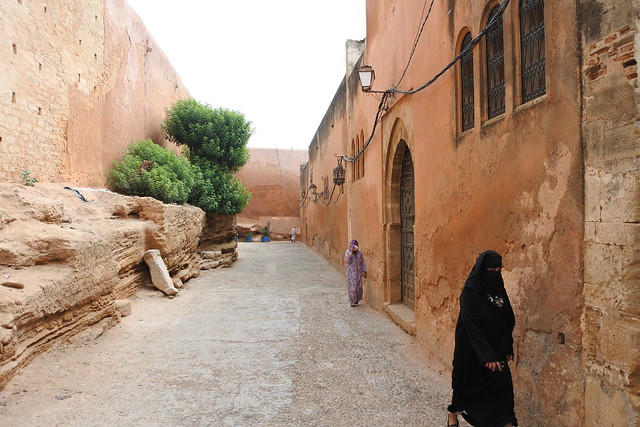
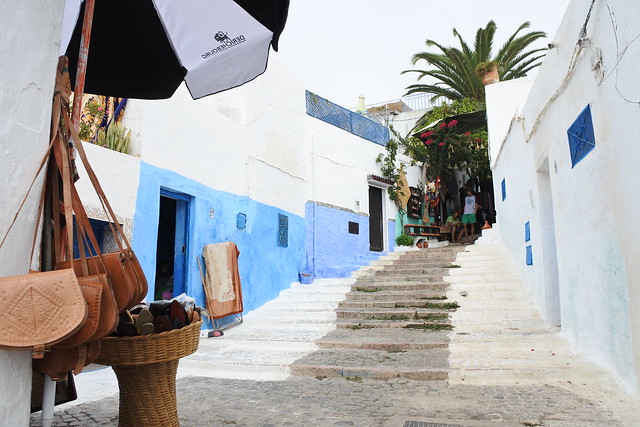
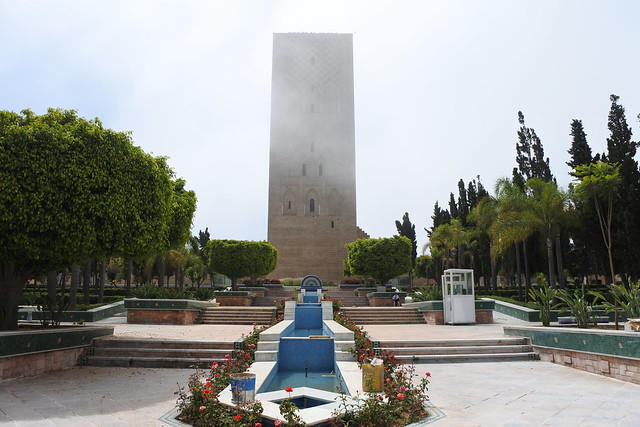

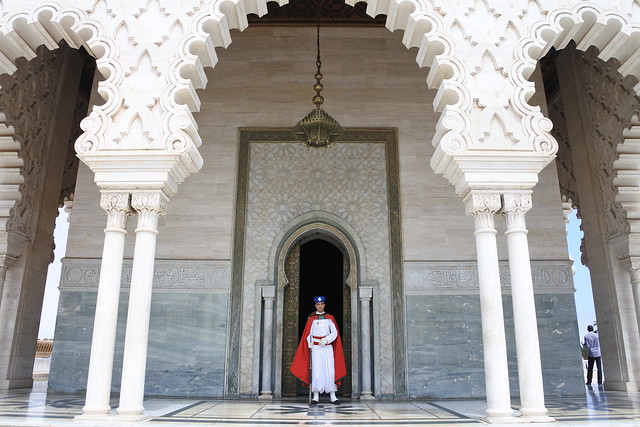
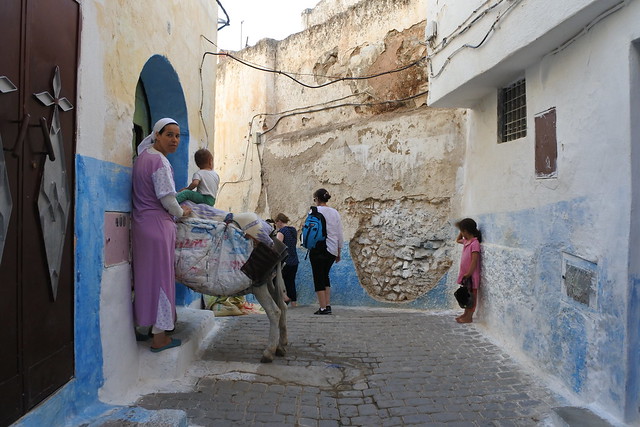
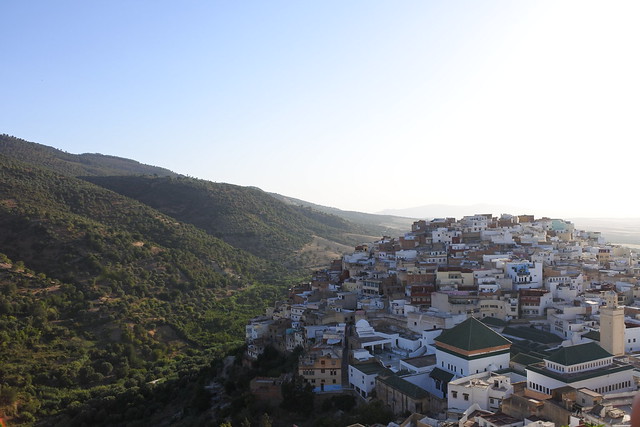
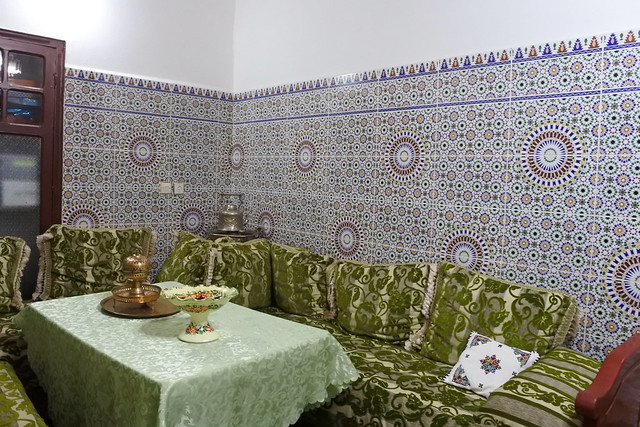
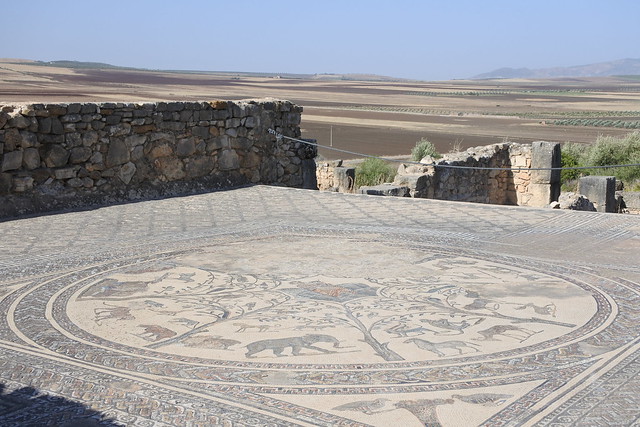
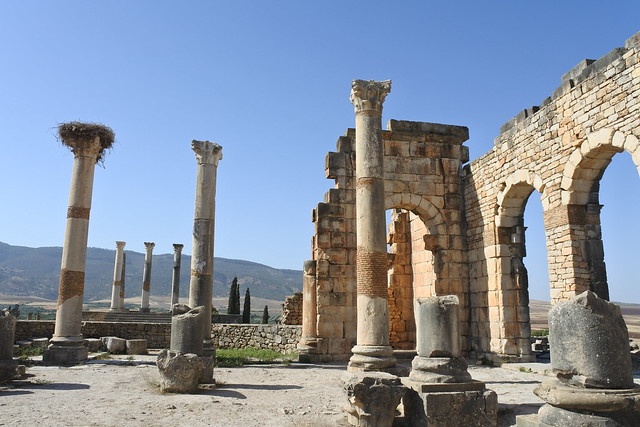
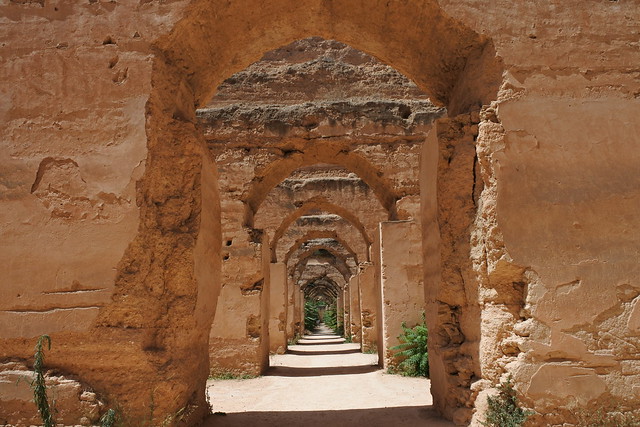
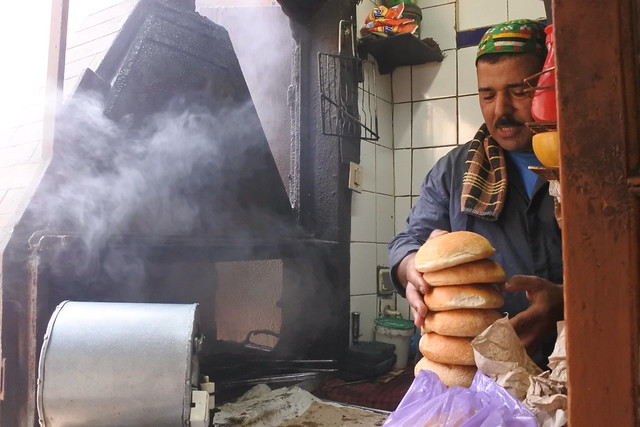

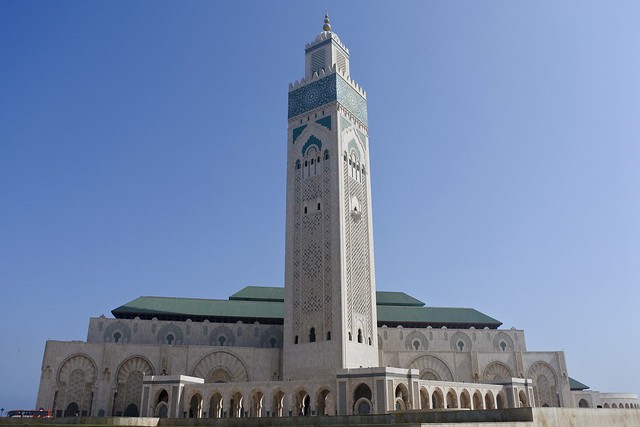
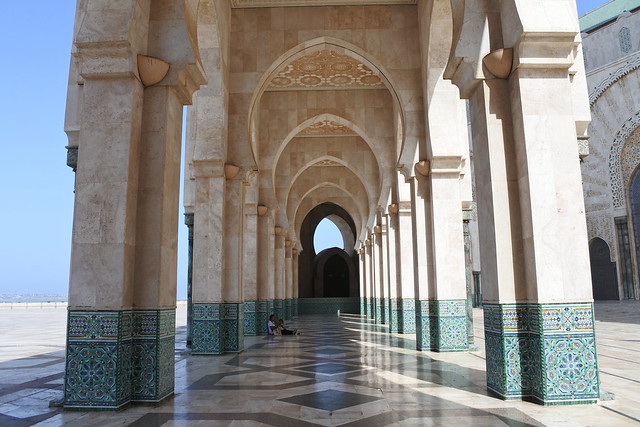
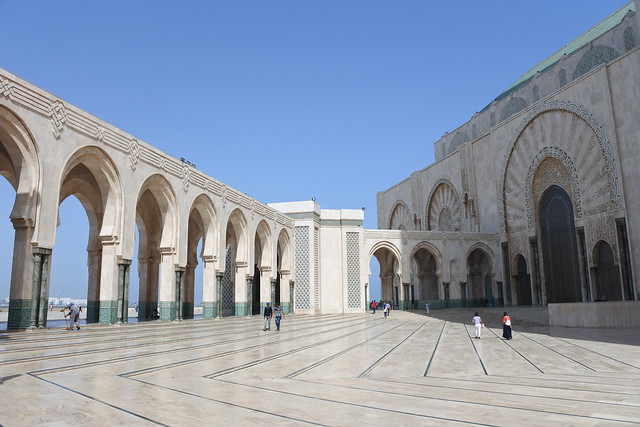
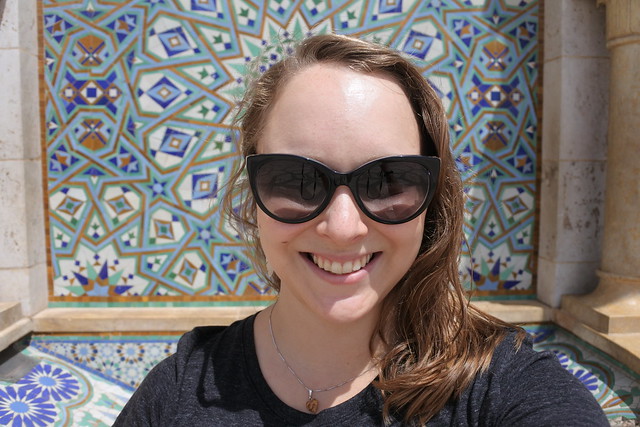
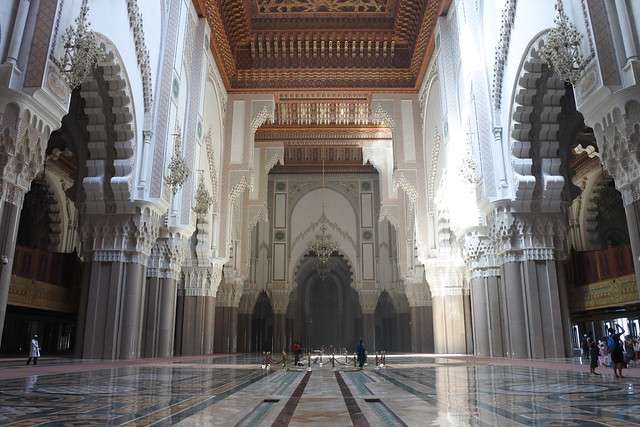
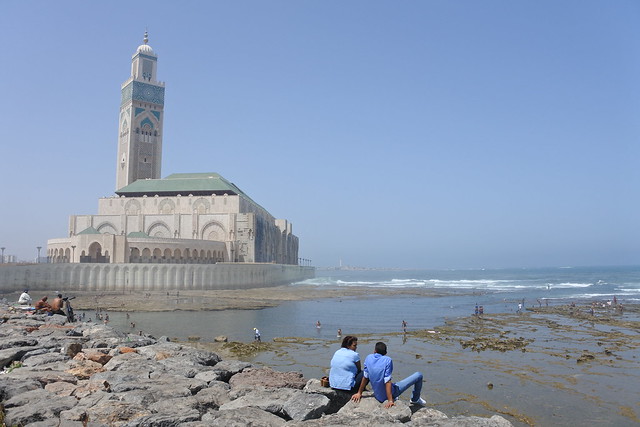

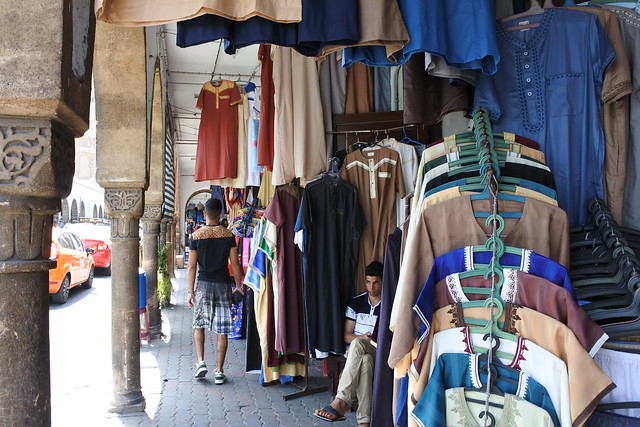
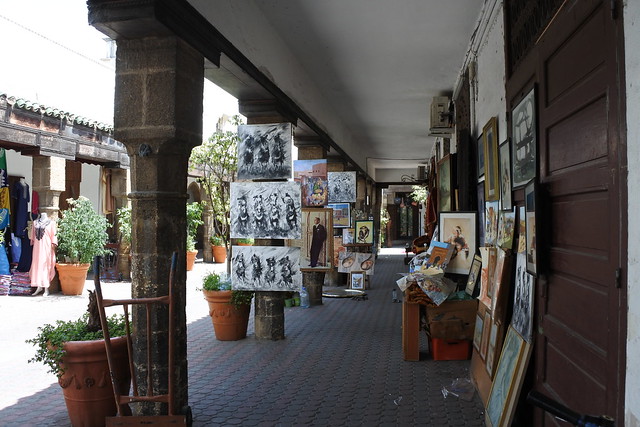





 Despite my absolute loathing of any food that once swam, I decided it would be worth checking out. Well, this experience absolutely changed my view of downtown Nassau, and I spent way more time outside of my resort, but also outside of the touristy Straw Market, and now I feel like I know Nassau a little bit better.
Despite my absolute loathing of any food that once swam, I decided it would be worth checking out. Well, this experience absolutely changed my view of downtown Nassau, and I spent way more time outside of my resort, but also outside of the touristy Straw Market, and now I feel like I know Nassau a little bit better.



 This is a tough contender with West Point for my favorite spot in the Hudson Valley, but actually, the hiking trails at Perkins Peak butt up to West Point property, so we can almost consider it the same. The Appalachian Trail runs right through Perkins Peak, but you don’t need to do any strenuous hiking to get there if you don’t want to. This is a scenic overlook with incredible views of the Hudson River, and on a clear day, the Manhattan skyline. A lot of people will drive up (via Perkins Memorial Drive) to Perkins Peak just to climb the lookout tower and have a picnic lunch on the beautiful, flat rocks overlooking the river. If you’re feeling a little more adventurous, you can hike a short loop of the Appalachian Trail (definitely worth doing), or one of the other many trails that run through the area. In my opinion, this is one of the most beautiful spots in the world. *Keep in mind that Perkins Peak is open only April-November.*
This is a tough contender with West Point for my favorite spot in the Hudson Valley, but actually, the hiking trails at Perkins Peak butt up to West Point property, so we can almost consider it the same. The Appalachian Trail runs right through Perkins Peak, but you don’t need to do any strenuous hiking to get there if you don’t want to. This is a scenic overlook with incredible views of the Hudson River, and on a clear day, the Manhattan skyline. A lot of people will drive up (via Perkins Memorial Drive) to Perkins Peak just to climb the lookout tower and have a picnic lunch on the beautiful, flat rocks overlooking the river. If you’re feeling a little more adventurous, you can hike a short loop of the Appalachian Trail (definitely worth doing), or one of the other many trails that run through the area. In my opinion, this is one of the most beautiful spots in the world. *Keep in mind that Perkins Peak is open only April-November.*

 Found just outside the main streets of Warwick, this spot is a step outside the mountains I’ve been raving about. Masker’s Orchard is a massive orchard with hundreds of pick-your-own apple trees of all different varieties. My all-time favorite fall activity is visiting Masker’s with a picnic lunch and finding a spot to eat under an apple tree. You can spend as much time in the orchard as you’d like, and you pay for any apples you bag by weight on your way out (after taste-testing one or two in the orchard, of course!). Even after leaving the orchard, you’ll find a country store with local products (definitely try the apple butter), and a food stand selling all home-made apple products like apple cider, apple pie with vanilla ice cream, and apple donuts.
Found just outside the main streets of Warwick, this spot is a step outside the mountains I’ve been raving about. Masker’s Orchard is a massive orchard with hundreds of pick-your-own apple trees of all different varieties. My all-time favorite fall activity is visiting Masker’s with a picnic lunch and finding a spot to eat under an apple tree. You can spend as much time in the orchard as you’d like, and you pay for any apples you bag by weight on your way out (after taste-testing one or two in the orchard, of course!). Even after leaving the orchard, you’ll find a country store with local products (definitely try the apple butter), and a food stand selling all home-made apple products like apple cider, apple pie with vanilla ice cream, and apple donuts.